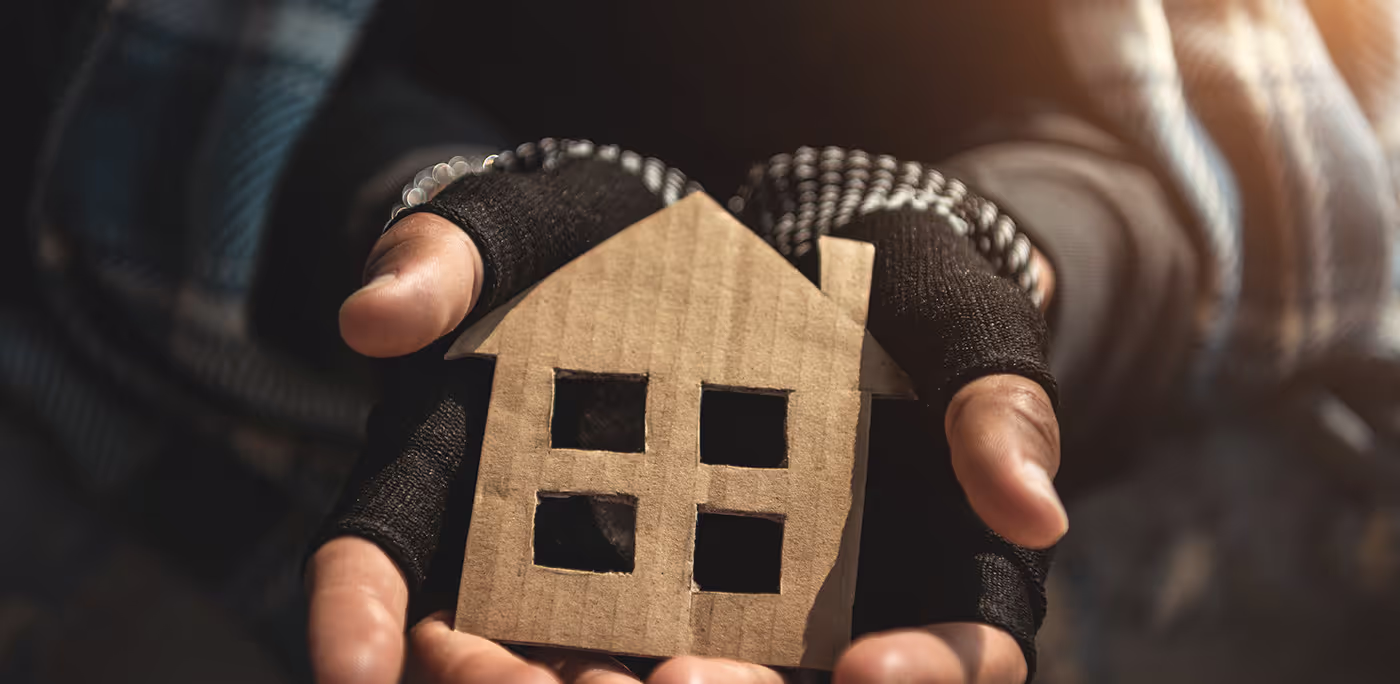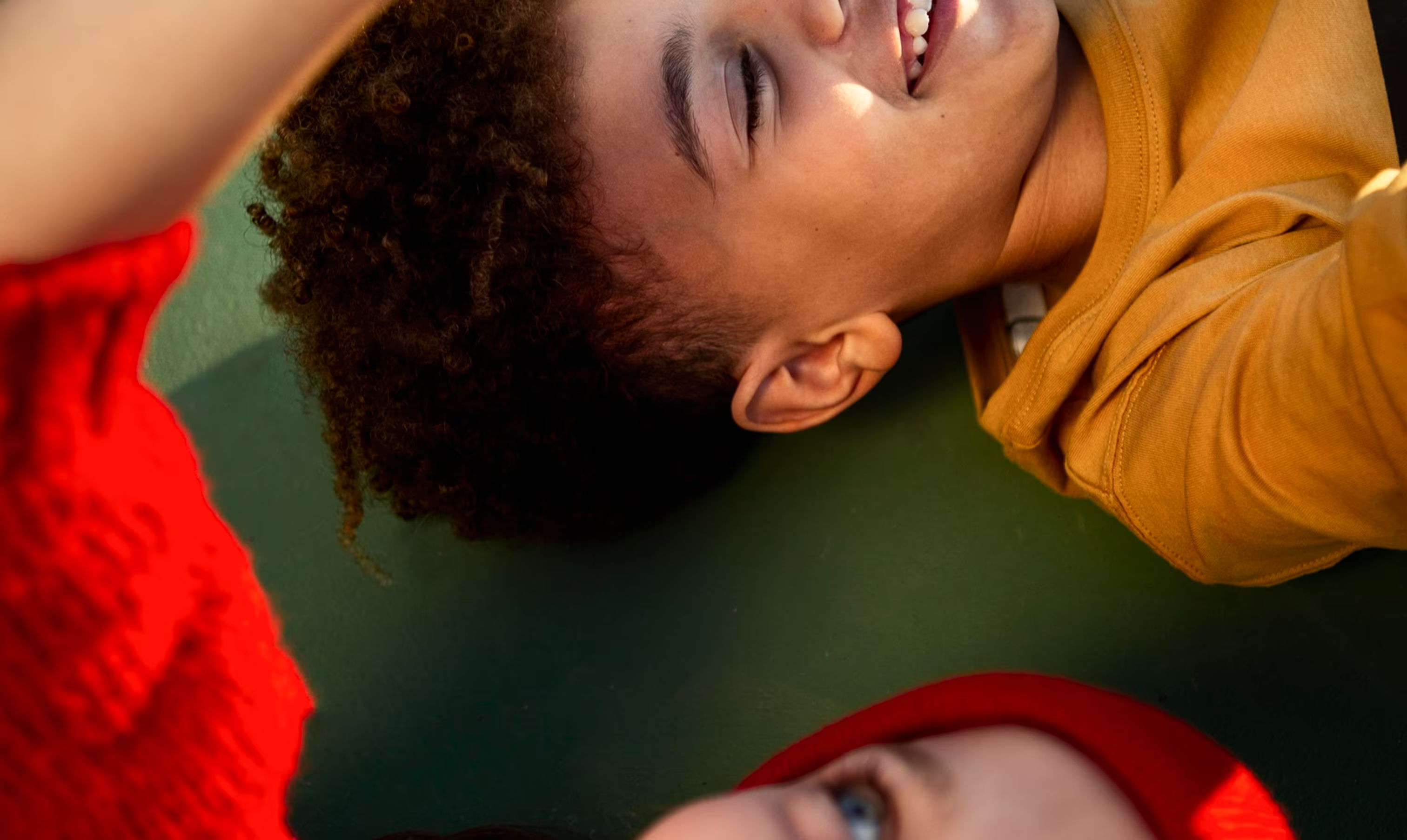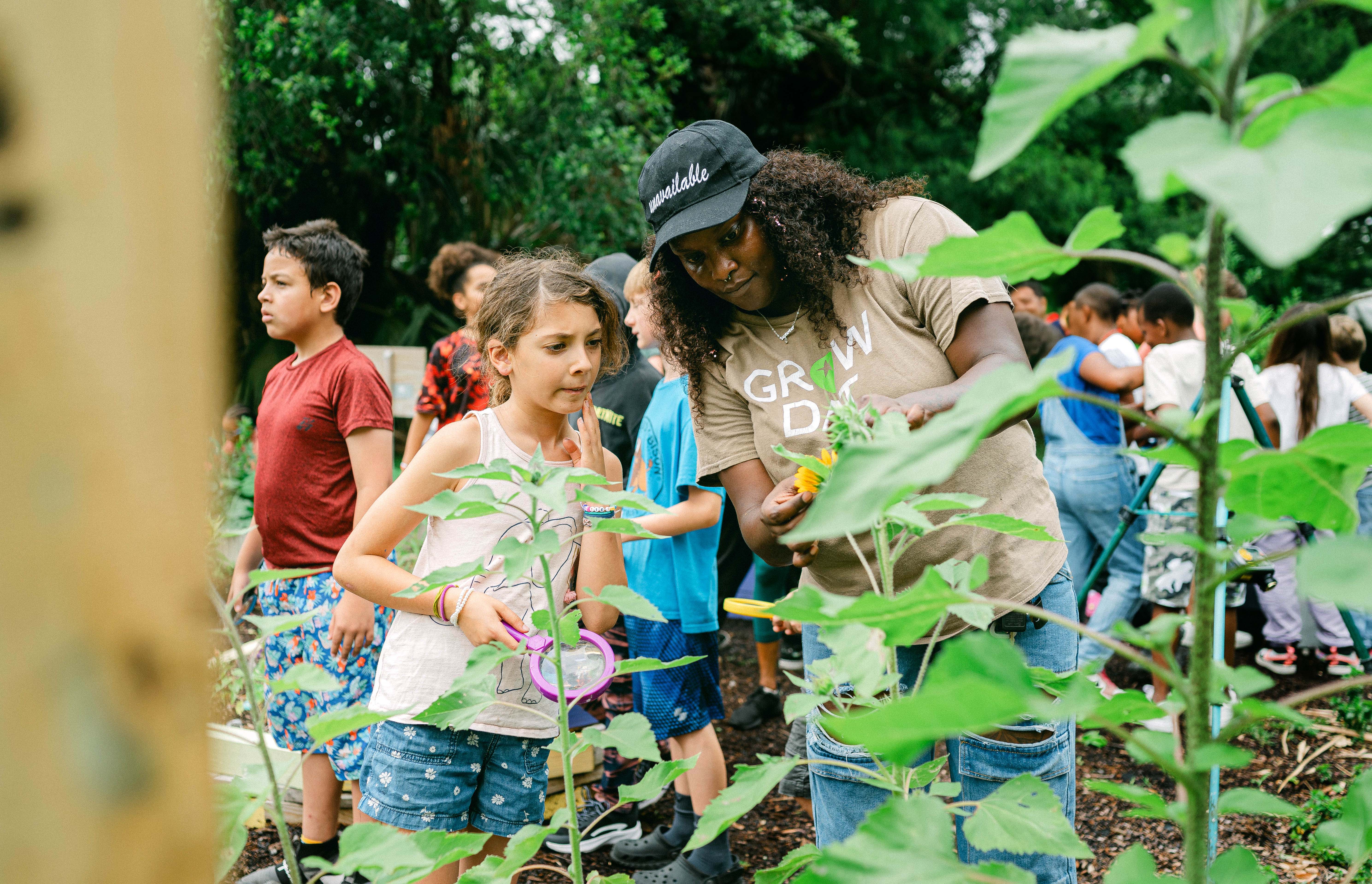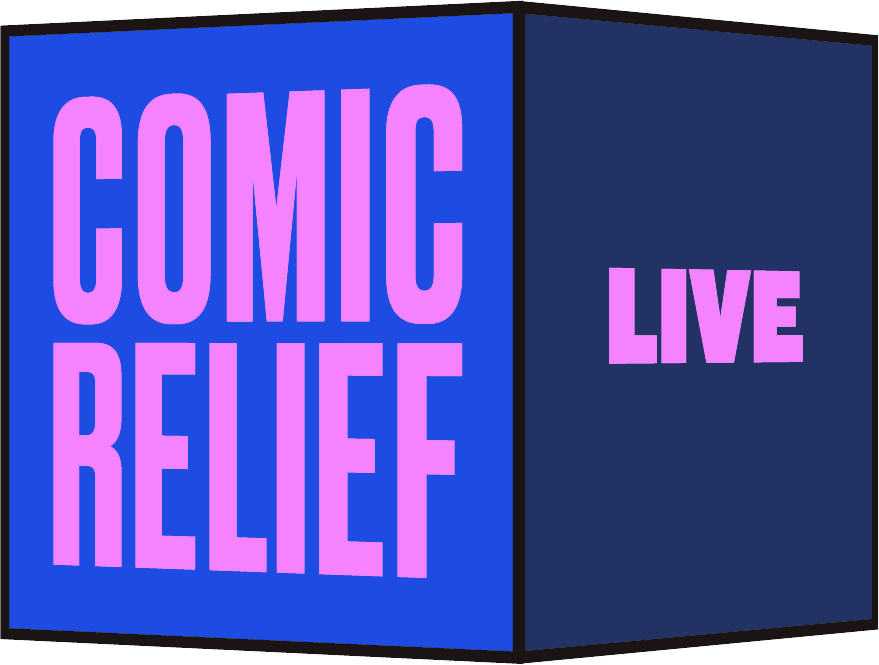What Are the Four Types of Homelessness?

Homelessness is a global issue. Although a safe home should be considered a fundamental human right, nearly 31 million children around the world are left unhoused. Many of these children and their families are forced to flee their homes due to war, persecution, and natural disasters. Some are left without shelter due to circumstances beyond their control.
As this winter season approaches, the needs of people facing homelessness could not be more urgent. But to help the unhoused in America, we must also understand that each case presents its own different root causes and challenges. Some reasons for homelessness include periods of unemployment, waning public assistance programs, domestic abuse, and mental illness.
In America, homelessness has been rapidly growing since the early 1990s, with exponential growth in suburban and rural areas. For youth and young adults in America, there are about 4 million who experience homelessness.
According to the U.S. Interagency Council on Homelessness, the United States has twelve states with more than 10,000 people experiencing homelessness, including Arizona, California, Florida, Georgia, Illinois, New York, Massachusetts, Ohio, Oregon, Pennsylvania, Texas, and Washington.
In order to find sustainable solutions to this national crisis, we need to understand the types of homelessness millions of people in this country face every day.
Here is a breakdown of the four types of homelessness people face in the United States:
1. Transitional Homelessness
There is a popular misconception that homelessness is a chronic condition. While it’s true in some cases, in reality, the most common type of homelessness is transitional.
Transitional homelessness is “a state of homelessness that’s a result of a major life change or catastrophic event”. These life changes might be job loss, a health condition, divorce, domestic abuse, a substance use disorder, or personal or family crisis, among many others, resulting in people being in unhoused situations for less than a year.
People who experience transitional homelessness may enter a transitional housing program for a limited time. They may also sleep in their cars or outside. Oftentimes people experiencing transitional homelessness still have jobs, but cannot afford housing and other expenses.
Many people experiencing transitional homelessness tend to be younger. Youth are often harassed and discriminated against when they seek alternative housing, contributing to their disproportionately high rate of homelessness. Compared to older people, young people are often considered "invisible homeless," and statistics about them are scarce as they don't typically access services. The first sign of homelessness for them may be couch surfing or sleeping over with friends, which is considered less serious and obvious than sleeping on the street. About 8% of those who are experiencing homelessness identify as youth or young adults. On average, there are around 550,000 people under the age of 24 and 380,000 under the age of 18 experiencing homelessness per year.
The LGBTQ community faces unique challenges and is often more likely to face violence, abuse, and exploitation. According to the Williams Institute, the most common factor to LGBTQ homelessness is family rejection based on sexual orientation and gender identity.
2. Episodic Homelessness
People can also experience “episodic homelessness”, whether they are currently unhoused or experienced at least three periods of homelessness within the last 12 months. In contrast, those confronting the realities of “chronic homelessness” usually experience four periods within a calendar year without a home.
Like transitional homelessness, many of those facing episodic homelessness are younger or dealing with a disabling condition. These conditions could be substance use disorder, mental illness, and other mental and/or physical health conditions. In some cases, some episodically unhoused people have seasonal or minimum wage income jobs.
Episodic homelessness can eventually become chronic homelessness without adequate resources and support.
3. Chronic Homelessness
A person experiencing chronic homelessness is defined as "an unaccompanied homeless individual with a disabling condition" who has been homeless for more than one year. It’s more common for people experiencing chronic homelessness to also deal with a certain disability, mental health condition, addiction, and other debilitating conditions that restrict their ability to escape homelessness.
According to the National Alliance to End Homelessness, chronically homeless people tend to be older and makeup about 17% of the homeless population. Many chronically unhoused people have complex, long-term health issues and live on the street, in parks, in cars, or in other places that are not suitable or safe for living.
4. Hidden Homelessness
The fourth type of homelessness is referred to as “hidden homelessness.”
Individuals who live with others temporarily without a permanent home are considered “hidden homeless,” as it is often most unnoticed. Since they lack access to housing support resources and cannot be identified, they are 'hidden' from national statistics on homelessness.
Since they lack access to housing support resources and cannot be identified, they are 'hidden' from national statistics on homelessness.
People who experience hidden homelessness, often turn to friends, family, and neighbors for a shelter or a place of refuge. In a lot of cases, many of these people cannot afford to pay rent or afford other living expenses.
Many in the “hidden homeless” population are younger people who have experienced a sudden catastrophic life change, trauma, or challenges as a result. Youth are often harassed and discriminated against when they seek alternative housing, which contributes to their disproportionately high rate of homelessness. Compared to older people, young people are often considered "invisible homeless" - and statistics about them are scarce as they don't typically access services. The first sign of homelessness for them may be couch surfing or sleeping over with friends, which is considered to be less serious — and obvious — than sleeping on the street.
HOW YOU CAN HELP
While the best way to end homelessness is to provide permanent housing solutions for unhoused individuals, there are also other resources available. Red Nose Day supports organizations that focus on youth at risk for homelessness or in unstable housing situations. Covenant House, a proud grantee of Red Nose Day, is one of the many organizations working to address homelessness in the US and abroad. The organization — spanning across 31 US cities and several parts of Latin America — has served and provided more than 1 million young homeless and runaway youth with short-term and transitional housing, food, urgent crisis care, and social services since its founding in 1972. Your support of Red Nose Day helps fund programs like Covenant House ensuring youth across the country and around the world have access to safe housing.





